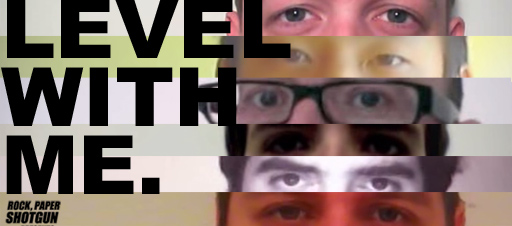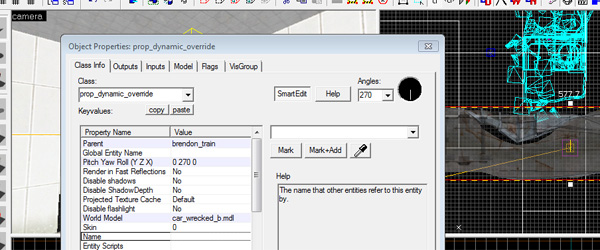Here at the Design and Technology MFA program at Parsons, the "Game Design 1" course is extremely popular. Like, it's one of the first classes to fill up at registration. In it, you learn about analog game design and make your own board games / card games.
Conversely, "Game Design 2" is about level design, mostly in a digital context, and it is much less popular -- to the extent that this semester, it got canceled from lack of enrollment. (Or at least that's the reason they gave us.)
Why was Game Design 1 so popular, but Game Design 2 (level design) allowed to die? I see them as two very similar, important things for interaction designers to learn, but apparently both the student body and administration disagree with me.
However, I'm the one who's always right about everything.
So in my assignment for a design and education class, I thought I'd try to bridge the gap between the two and make a level design class for people who aren't particularly fond of video games. It focuses on interaction and environment across various types of games.
We deal with fairly simple, basic games and mechanics so we can focus on the levels.
Also, keep in mind that the intended audience is middle school / early high school, though I'm sure if you crammed in some readings and essays in there it'd make for a decent college freshman class.
The working draft of the syllabus is pasted below. Feedback is appreciated:
Game Design and Architecture
Robert Yang. E-mail.
Think about the first level of Super Mario Bros. or your favorite map in Halo. Think about a game of Monopoly, when you're leaving jail and you have to brave the minefield of hotels. Think about a game of baseball in Fenway Park, where there's a 36 foot tall wall called the “Green Monster” that prevents easy home runs.
In video games, board games, sports, and anything else: it matters where you play.
Video games call this “level design,” but in this course we'll explore both digital and non-digital representations of the environment and how to build them. If you like board games, video games, sports, playground games, or anything else game-related: we'd love to have you.






